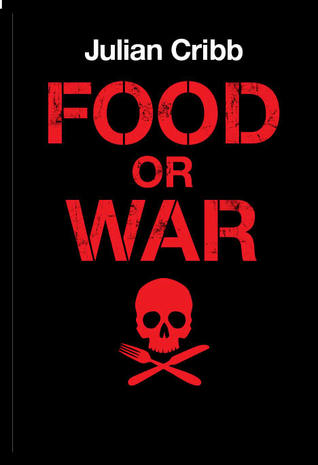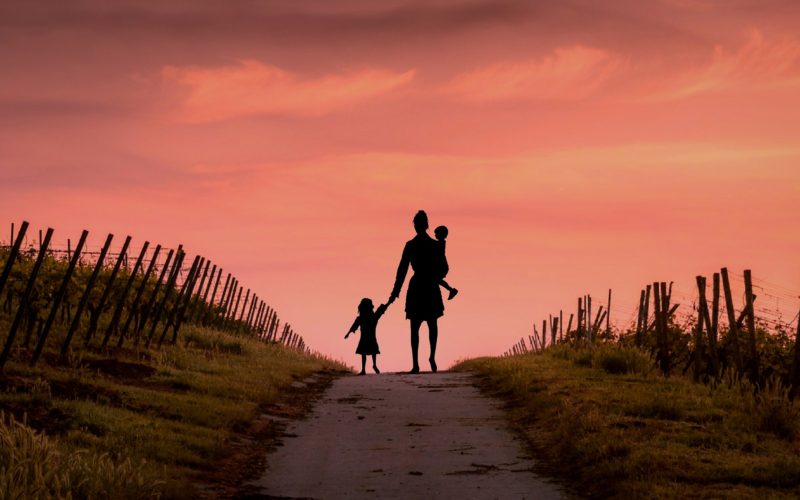Western urban dwellers like me take for granted that we can buy whatever food takes our fancy by just popping down to our local shopping strip. That’s because every day, like clockwork, around two thousand tonnes of food is transported into cities for each million of its residents.
This ‘clockwork’ in the form of just-in-time logistics, honed over the last few decades, has been so optimized that most cities have only several days of food rations to draw on from within its boundaries at any one time. The panic buying in the first few days of the COVID pandemic gave us a glimpse of what would happen if the ‘clockwork’ stopped.
When one reflects on the old adage that “there are only seven meals between civilization and anarchy”, our cities’ reliance on delivered food is quite frightening. And when we dig deeper into the raw agricultural processes that produce our core food ingredients there are even more secrets to be revealed.
At its simplest, growing any food crop or livestock requires four key ingredients: Land, water, nutrients and energy. And all of them have constraints and boundaries that we are bumping up against as we feed the eight billion, and growing, inhabitants of the planet.
These issues are addressed by Australian author Julian Cribb in Food or War, a compelling book on the various facets of food, and how we face rising food demand from a shrinking resource base.
Cribb distils the impact of food production on resources by calculating that for each and every meal we eat, an average of between five and ten kilograms of topsoil are lost, and 800 litres of freshwater consumed.

The scarcity of water, either because of climate change or over-extraction, is a topic that seems to come up during ever-more-frequent droughts. On the other hand, topsoil loss is something that gets scant coverage in the media. Which is why it is startling to learn that, at the rate of topsoil depletion of current agricultural practices, the world has about 50 years of topsoil left!
The “Green Revolution”, starting in the 1950’s, led to a dramatic increase in agricultural yields. This was partly to do with better plant strains, but also to the advent of the industrial fertilizers, predominantly nitrogen and phosphorus, and pesticides. We can celebrate the success of feeding a three-fold increase in world population, but the bill is now coming due. We have already exceeded the planet’s natural capacity to absorb the rate of nitrogen release into the biosphere. The result is growing zones of dead waterways and oceans, and destruction of their fisheries. The long-term residual effects of pesticides and poisons is a whole other area of concern.
All this food production requires energy: to produce fertilizers, run farm equipment, transport the raw products, process the food, and finally distribution. Did you know that food travels a staggering two thousand kilometers on average to get to its customers?
Even more shocking is that up to 40% of all food produced is wasted due to losses all along the production chain, or just being discarded.
Cribb notes that historically famine has been viewed as a consequence rather than a driver of war. However, recent research suggests that around half of recent wars have been caused by conflict over natural resources. Studying the accompanying world map shows that those regions with the greatest food insecurity seem to be those most prone to war.

Cribb reasonably asks the question: If we can secure and sustain our sources of food, can we at the same time reduce the drivers of war?
One of the strengths of Food or War compared to many other books on the topic is that Cribb doesn’t only focus on the challenges, but puts forward plenty of potential solutions. Among his suite of solutions are:
- Develop a sustainable global food system based on regenerative farming and aquaculture
- Revamp cities so that they recycle nutrients and water into local food production to provide a year-round, climate-proof source of food,
and my favorite
- Raise food-aware children, including a Year of Food curriculum in all schools.
And I would add one additional solution: the implementation of Precision Fermentation technology which I wrote about in my post Disrupting the Cow.
Cribb predicts that a century from now, what we eat and how we produce it will be as unfamiliar to us today as our ancestors would find the modern diet. It has to be. The alternative is famine, war and refugees.
The writer is a co-author of Court of the Grandchildren, a novel set in 2050s America.
Main image credit: Mohamed Hassan via Pixabay
